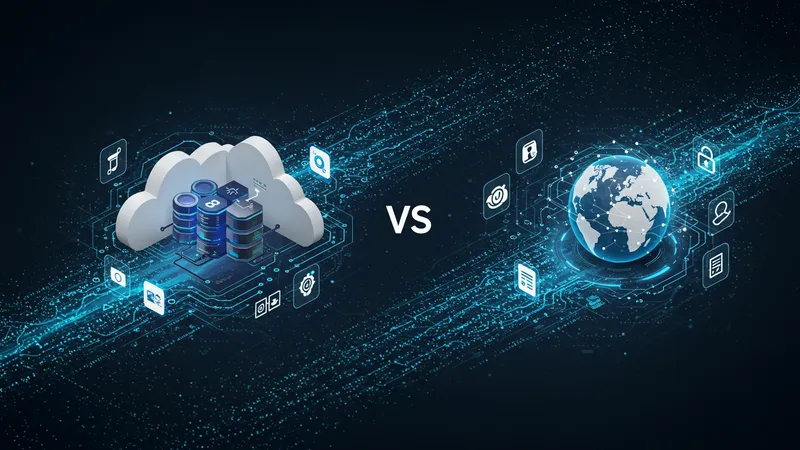
AWS Vs Google Cloud: A Comprehensive Comparison Of Cloud Platforms
Storage and Data Management: S3 versus Google Cloud Storage
Storage is fundamental for cloud-native architecture, and both AWS and Google Cloud offer robust object storage services—Amazon S3 and Google Cloud Storage, respectively. S3 is renowned for its 99.999999999% durability, massive scalability, and broad integration with AWS services. Its tiered pricing structure, including Standard, Infrequent Access, and Glacier, supports cost optimization by automatically transitioning data to lower-cost tiers as needed.

Google Cloud Storage rivals S3 with equally high durability and global reach. A standout feature for Google is its seamless multi-region storage that provides additional resilience and strong performance for distributed applications. Both platforms provide lifecycle management policies, easy archiving, and support for data compliance—vital for regulated industries and data privacy-sensitive organizations.
Pricing is a nuanced area of comparison. S3’s Standard Storage starts at $0.023 per GB/month, while Google Cloud Storage is slightly less at $0.020 for its Standard tier. However, costs can fluctuate depending on data retrieval, regional considerations, and access patterns. Organizations storing petabytes must evaluate granular usage metrics to optimize bills, leveraging each platform’s pricing calculators and monitoring tools.
Both S3 and Google Cloud Storage are deeply integrated with their own analytics, backup, and disaster recovery tools. That means companies can not only store, but also gain actionable insight from massive datasets. As cloud strategies evolve, the flexibility to support AI and data lake architectures gives both services a strategic edge.